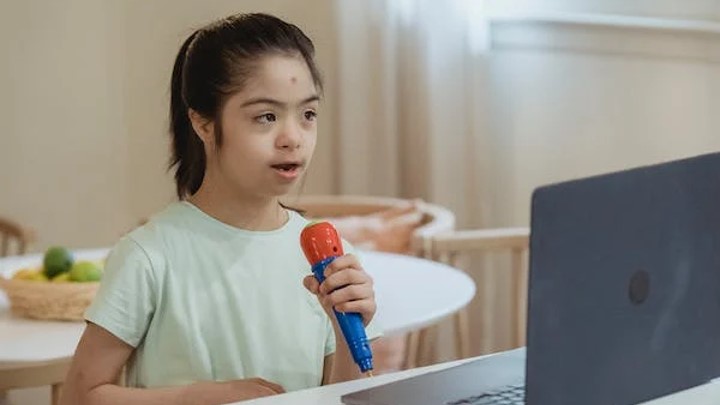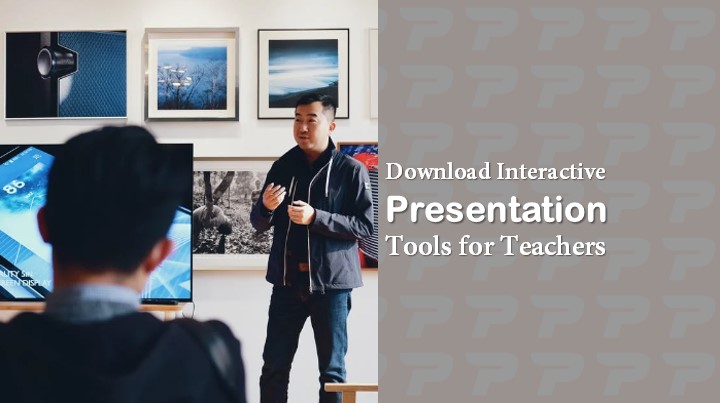Last Updated on April 22, 2023 by Uncle Pat Ugwu
As a teacher, working with students who have special needs can present challenges that require additional planning and support. However, it is also a very fulfilling experience that allows you to positively influence the lives of these students and promote inclusion in your classroom by learning how to effectively deal with special needs children in the classroom.
According to the Individuals with Disabilities Education Act (IDEA), special needs children are defined as those who have a physical or mental impairment that substantially limits one or more major life activities. These impairments may include developmental delays, learning disabilities, physical disabilities, and emotional or behavioral challenges.
Inclusive education involves providing all students, including those with special needs, with the necessary support and accommodations to be successful in the classroom. This can involve modifying the physical environment, using assistive technology, and differentiating instruction to meet the individual needs of each student. Here are some child development specific conditions.
It is essential that teachers recognize the specific needs of their students with special needs and create a supportive and inclusive learning environment for them. In this blog, we will discuss various strategies and approaches for effectively teaching special needs children in the classroom.
Understanding the child’s needs
Understanding the child’s needs is an essential step in effectively supporting special needs students in the classroom. Gathering information about the child’s condition and unique needs can help you better understand how to best support them.
Here are some strategies for gathering information about the child’s needs:
1. Review the child’s Individualized Education Program (IEP)
The IEP is a document that outlines the child’s specific learning goals and the accommodations and modifications they will receive in the classroom. It is important to review and become familiar with the child’s IEP so you know exactly what they need in order to be successful.
2. Talk to the child’s parents and caregivers
Parents and caregivers are an invaluable source of information about the child’s needs and preferences. They can provide insights into the child’s strengths, challenges, and any medical or therapeutic interventions they may be receiving.
3. Consult with medical professionals
If the child has a medical condition, it is important to seek guidance from medical professionals. They can provide information about the child’s condition and how it may impact their learning and behavior in the classroom.
Collaborating with the child’s parents, caregivers, and medical professionals is crucial in effectively supporting the child. Strong relationships with these individuals can help you better understand the child’s needs and how to support them. Regular communication, such as weekly phone calls or in-person meetings, can also help ensure that everyone is working towards the same goals and addressing any challenges the child may be facing. We shall talk more about this in the next section.
Creating a supportive learning environment
In order to support the success of special needs students in the classroom, it is important to create a supportive learning environment. This can be achieved through strategies such as modifying the physical environment and providing accommodations and modifications to assignments and assessments. These modifications can help create a more inclusive and accessible learning environment for students with special needs.
1. Modify the physical environment
Depending on the child’s needs, you may need to make adjustments to the classroom layout or materials in order to create a more supportive learning environment. This can include things like removing distractions, providing a quiet area for the child to work, or making materials more accessible.
2. Use assistive technology
Assistive technology can be a valuable tool for special needs students, as it can help them access and participate in the curriculum. This can include things like text-to-speech software, screen readers, or speech-to-text software.
3. Provide accommodations and modifications to assignments and assessments
Accommodations are adjustments to the way a task is presented, while modifications involve changing the actual content of the task. Examples of accommodations and modifications include providing extra time, using alternative materials, or simplifying assignments.
It’s also important to remember that the needs of special needs students may change over time, so it’s important to regularly assess and adjust the supports you are providing as needed. This can involve ongoing communication with the child, their parents, and other professionals involved in their education.
Differentiating instruction
Differentiating instruction is an important aspect of working with special needs students in the classroom. This involves adjusting the pace and complexity of instruction, using a variety of teaching strategies and materials, and providing extra support and guidance as needed to meet the individual needs of each student.
1. Adjust the pace and complexity of instruction
Special needs students may require a different pace of instruction than their peers. Some may need more time to process and practice new concepts, while others may be able to move through the material more quickly. It is important to assess the child’s needs and adjust the pace of instruction accordingly.
2. Use a variety of teaching strategies and materials
Different students may respond better to different technologically based teaching strategies and materials. It is important to use a range of approaches and resources in order to engage and support all learners. This can include hands-on activities, visual aids, and technology-based resources.
3. Provide extra support and guidance
Special needs students may require additional support and guidance in order to be successful in the classroom. This can involve one-on-one or small group instruction, providing additional explanations or examples, or breaking tasks down into smaller steps.
You can create a more inclusive and supportive learning environment for special needs students in your classroom. It is important to regularly assess the child’s needs and adjust your approach as needed in order to ensure their success.
Managing behavior
1. Establish clear expectations and routines
To support the behavior of special needs students in the classroom, it is crucial to establish clear expectations and routines. This can help students feel more secure and improve their behavior. Clearly communicating expectations and consistently following through with consequences when necessary is key to effectively managing behavior.
2. Use positive reinforcement and consequences
Positive reinforcement involves reinforcing desired behaviors with rewards or praise. This can be an effective strategy for encouraging desired behaviors and improving the child’s overall well-being. Consequences, on the other hand, involve the use of negative consequences to decrease the frequency of undesirable behaviors. It is important to use both positive reinforcement and consequences in a balanced and consistent manner.
3. Seek support from a school counselor or behavior specialist
If the child is struggling with challenging behaviors, it may be helpful to seek support from a school counselor or behavior specialist. These professionals can provide guidance and strategies for managing behavior and improving the child’s overall well-being.
Managing behavior can be a challenge, but by establishing clear expectations and routines, using positive reinforcement and consequences, and seeking support from a school counselor or behavior specialist, you can create a more positive and supportive learning environment for special needs students in your classroom.
Supporting social and emotional development
Supporting the social and emotional development of special needs students in the classroom is just as important as providing academic support. Some strategies for doing so include encouraging social interactions and friendships, teaching self-advocacy skills, and providing emotional support and coping strategies. By addressing the social and emotional needs of special needs students, you can help create a more inclusive and supportive learning environment.
1. Encourage social interactions and friendships
Special needs students may face challenges in forming and maintaining friendships, but it is important to support their social development. You can encourage social interactions and friendships by providing opportunities for students to work and play together, teaching social skills, and modeling appropriate social behavior.
2. Teach self-advocacy skills
Self-advocacy involves the ability to speak up for oneself and express one’s own needs and preferences. Teaching self-advocacy skills can empower special needs students and help them advocate for their own needs in the classroom and beyond.
3. Provide emotional support and coping strategies
Special needs students may face additional emotional challenges due to their condition or the stigma they may encounter. It is important to provide emotional support and coping strategies to help them manage their emotions and build resilience. This can involve providing a safe and supportive environment, teaching coping skills, and connecting students with mental health resources as needed.
For the social and emotional development of special needs students in your classroom, you can create a more inclusive and supportive learning environment that promotes their overall well-being. You can as well use a dynamic learning approach to boost special needs children.
Final Thoughts
Working with special needs students in the classroom can present unique challenges, but it is also an incredibly rewarding experience. Providing individualized support and accommodations is crucial for the success of these students, and teachers and school staff play a vital role in creating inclusive and supportive learning environments for all students.






